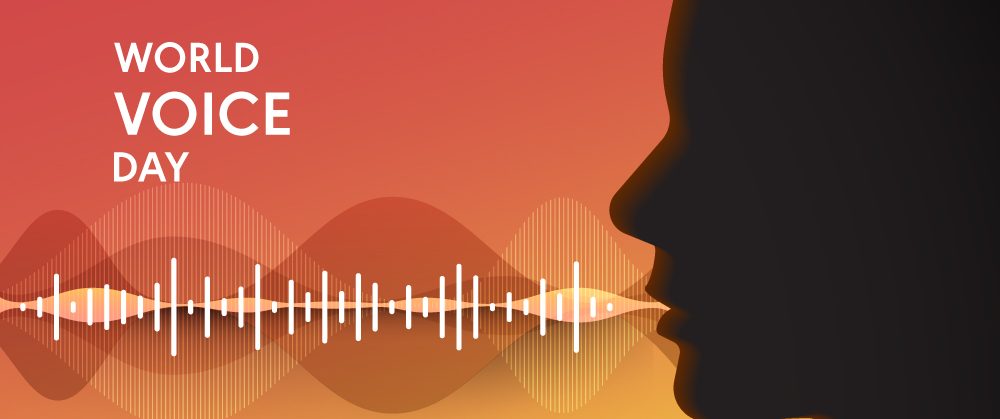ASHA members identify and treat voice disorders for millions of Americans every year. Ahead of World Voice Day on April 16, we’re highlighting a variety of articles for ASHA members specializing in voice—from voice therapy across a number of age groups to promoting vocal hygiene.
Voice Therapy in Children and Older Adults
Pediatric Voice Therapy: How Many Sessions to Discharge? When children present with benign morphological vocal fold changes, voice therapy is the primary treatment. In this article, the authors measured the number of treatment sessions that these children needed to meet their goals and identified factors that could help predict treatment lengths for individual patients.
Reframing Aging Voice and Presbyphonia: What Else Can We Do? Voice therapy for age-related voice disorders can be effective, but many older adults may not engage in or continue therapy for a number of reasons. This review suggests that incorporating voice use through leisure activities might serve as an adjunct or alternative to therapy for the aging voice.
Masks, Stress, and Vocal Hygiene
Effects of Medical Masks on Voice Quality in Patients With Voice Disorders: Medical masks play an important role in slowing the spread of infectious diseases, but their use may exert additional impacts on wearers and their voice. This article found that the effects of medical masks on voice quality in patients varied depending on the type of voice disorder, degree of hoarseness, and other qualities.
Effects of Cognitive Stress on Voice Acoustics in Individuals With Hyperfunctional Voice Disorders: Hyperfunctional voice disorders are characterized by excessive or dysregulated muscle tension resulting in dysphonia, vocal fatigue, and atypical speech breathing. This study determined whether or not higher levels of cognitive stress affected the acoustic qualities of voice in people with hyperfunctional voice disorders.
The Effect of Vocal Hygiene Education Programs on Voice Quality in Professional Voice Users: A Systematic Review: More than one third of the global workforce requires the integrity of their voice to meet occupational demands; these workers are all considered professional voice users. This literature review found that implementation of vocal hygiene education programs for these users in combination with direct voice therapy showed positive outcomes.
Your Voice Matters
The theme of this year’s World Voice Day is “Your Voice Matters.” We’d like to thank the thousands of ASHA members who help their patients protect and treat their voice every day. We also encourage ASHA members to use their voices to advocate for their patients and to share healthy voice resources.
You can find more resources on ASHA’s Voice Disorder Practice Portal, including evidence maps and a variety of other tools. ASHA’s Special Interest Group 3, Voice and Upper Airway Disorders, gives voice specialists a number of additional tools such as a lively online community and access to hundreds of voice articles from Perspectives of the ASHA Special Interest Groups.









